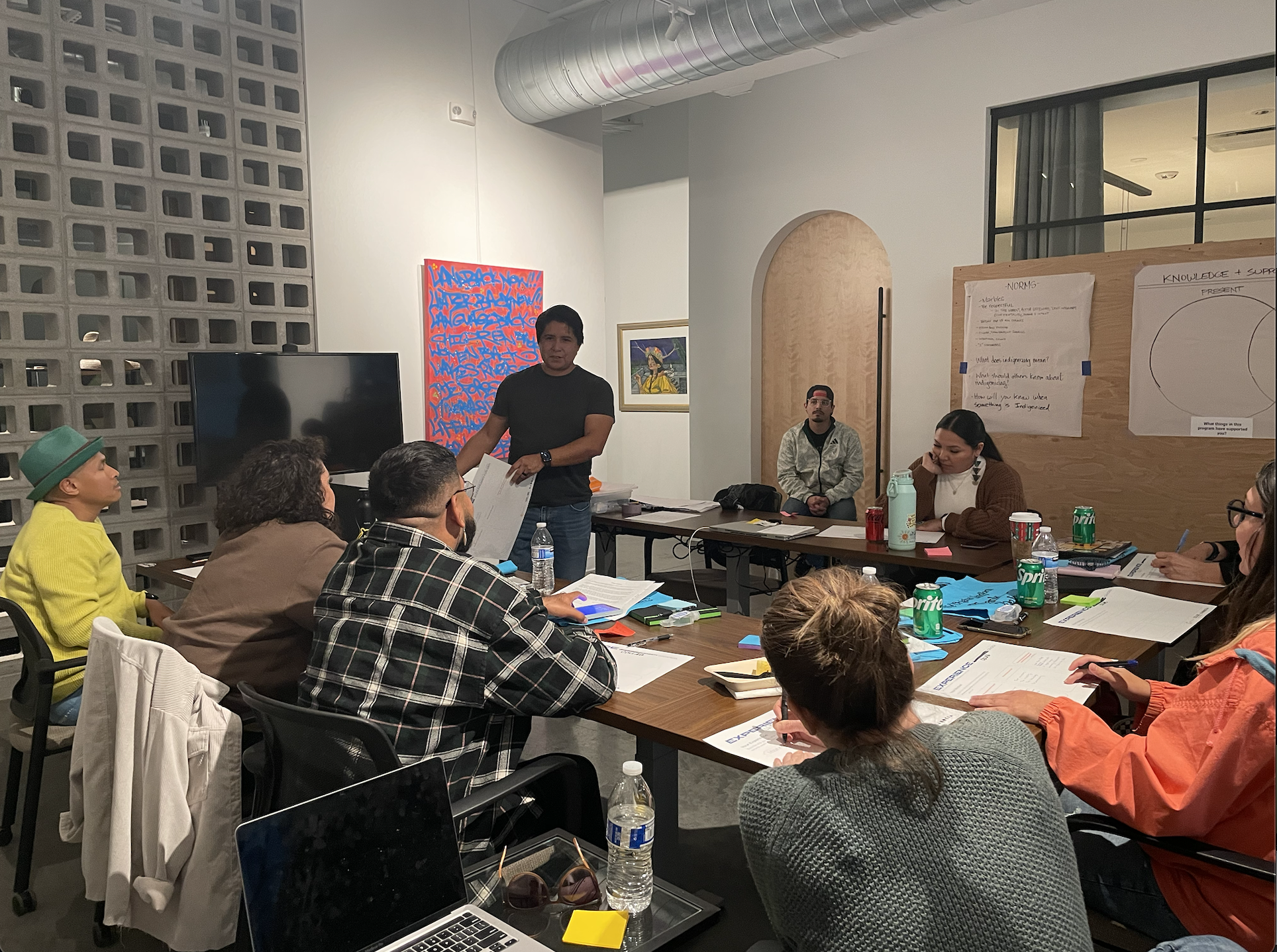Campaign Rebrand Brings Audience Perceptions Into Focus, Get Ahead CO

See original post here
The Piton Foundation has operated the Tax Credits for Working Families Public Information Campaign for more than 25 years to ensure Colorado families are taking advantage of valuable tax credits like the Earned Income Tax Credit (EITC), which is proven to lift families out of poverty.
We enlisted Catapult Design, with support from Causal Design, to develop a clear profile of EITC-eligible families in Colorado and better market to them. The research project highlighted some of the characteristics of EITC-eligible Coloradans:
- Only 74.5% of Colorado families claim the EITC, compared to 80% nationally
- However, EITC participation rate historically exceeds SNAP, TANF and other well-known low-income assistance programs.
- Spanish-speaking communities claim the EITC at lower rates than the national average
- 50.8% of EITC recipients in Colorado self-filed; 45.5% used a paid preparer; 3.6% used a VITA program
In researching how to market to low-income consumers, specifically those who may qualify for the EITC, we discovered the following behavioral economics tend to influence their decisions:
- Loss is a bigger driver than gain: Non-participation often stemmed from loss aversion, a phenomenon where “people suffer from a loss about twice as much as they benefit from a gain of equal absolute magnitude.” (Laibson and List 2015, 387)
- It’s not all about cost: Low-income consumers usually are willing to invest in products or services that will lead to career or educational advancement. (Harvard Business Review)
- Reminders are necessary: Since most people are only eligible for the EITC for 2-3 years, they need reminders of the benefits to checking eligibility to overcome previous perception or rejection.
The rebranding process
With these insights in mind, we partnered with Denver-based creative agency SE2 Communications to create a new name, logo and messaging that would resonate with families we are trying to reach. The process, which lasted five months, included:
- Discovery – Campaign analysis, research review, audience insights, exploration of similar campaigns and stakeholder interviews
- Creation of several brand concepts, names and taglines
- Focus group convening to test concepts and messages
- Design of brand assets—colors, logos, fonts and photographic styles
What we learned
Focus group feedback showed that aspirational, family-focused messages resonate most with EITC-eligible taxpayers. Through the process we affirmed that simple, non-tax specific language should be used to engage audiences and articulate what the EITC is, why it’s important and how to claim it. Several additional themes emerged regarding our audience’s attitudes toward taxes:
- No one likes taxes: Filing taxes is seen as stressful and complicated.
- Many viewed filing taxes as not worth their time: Some didn’t think they made enough to get a refund and didn’t want the hassle of filing taxes.
- Lack of EITC awareness: Although some people had heard of the EITC, many didn’t understand how it worked.
- Skepticism about free tax filing: Some found the idea of free tax prep appealing, but questioned if it was really free and if it could be trusted.
What’s next?
Now we are focused on building the Get Ahead Colorado brand and amplifying our message about the value of the EITC and free tax preparation. In addition, our new name will allow us the flexibility to expand the campaign to connect families with other resources that help move them forward.
As in the past, we will provide partners with free fliers, posters, web and social media content to share with those in their community. We look forward to continued collaboration as we work toward our goal to increase the EITC participation rate in Colorado.
